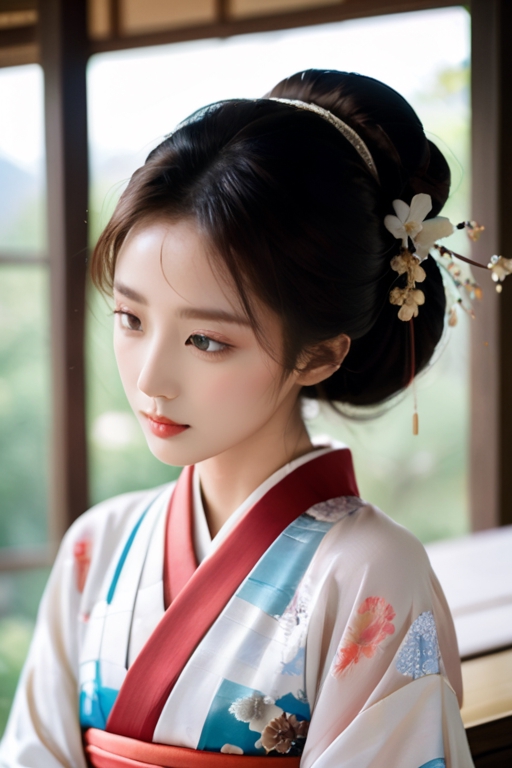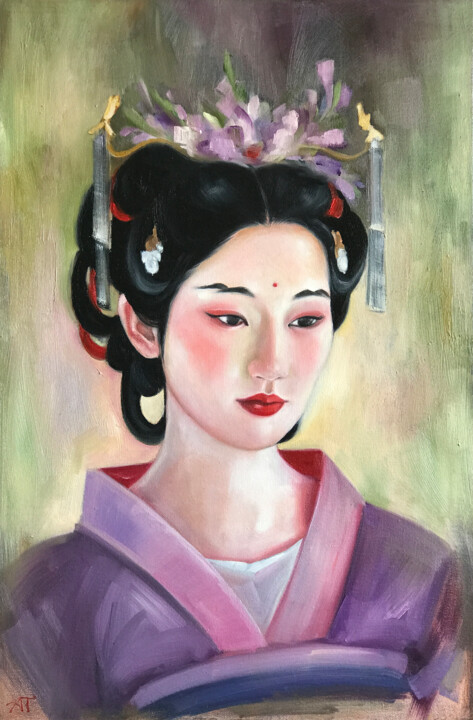A Comparative Journey Through the Elegance of Kimono and Hanfu
The kimono vs hanfu debate is not merely a clash of fashion but an exploration of cultural heritage and elegance. As we delve into the world of traditional Asian attire, we find a rich tapestry woven with threads of history, artistry, and social significance. Each garment tells a story, reflecting the values and aesthetics of its culture of origin.
The Heritage of Kimono
The kimono, a traditional Japanese garment, has been a symbol of grace and refinement for centuries. Its design, with its T-shaped lines and intricate patterns, is a testament to the Japanese attention to detail and the country’s deep-rooted respect for nature. As per Wikipedia, the kimono’s evolution has been influenced by various factors, including the introduction of Chinese styles and the adaptation to Western fashion trends.

The art of wearing a kimono is steeped in ritual, where each fold and layer carries a specific meaning. The garment is not just worn but adorned with accessories that complement the overall ensemble, reflecting the wearer’s social status and personal taste.
The Elegance of Hanfu
On the other side of the cultural spectrum, the Hanfu, traditional Chinese attire, stands as a beacon of ancient Chinese civilization. Its flowing silhouette and vibrant colors embody the grandeur of dynasties past. As stated by Wikipedia, the Hanfu has seen a revival in modern times, with many young people embracing it as a symbol of cultural pride.

The Hanfu’s design is deeply rooted in the principles of Confucianism, emphasizing harmony and balance. Each piece of the attire, from the sash to the flowing sleeves, is carefully crafted to represent the virtues of the wearer and the harmony with the universe.
A Meeting of Cultures
When comparing the kimono vs hanfu, it’s evident that both garments have more in common than meets the eye. They are not just clothing but cultural artifacts that encapsulate the spirit of their respective societies. Each piece is a canvas for the expression of artistic and philosophical ideas.

The kimono vs hanfu is also a narrative of cultural exchange. As Japan and China have interacted over the centuries, their traditional garments have influenced each other, resulting in a unique blend of styles and motifs. This cross-pollination of ideas has enriched both cultures, creating a legacy that continues to inspire.
Modern Interpretations
In the contemporary era, the kimono vs hanfu has taken on new meanings. Fashion designers and enthusiasts alike are reinterpreting these traditional garments for the modern world. They are not just being worn during festivals and special occasions but are becoming a part of everyday fashion, blending seamlessly with contemporary styles.

“Fashion is a form of expression, and the kimono and Hanfu are powerful statements of cultural identity and pride,” says renowned fashion historian John S. Major. This sentiment is echoed by many who appreciate the timeless elegance and modern relevance of these traditional garments.
Conclusion
As we conclude our comparative journey through the elegance of the kimono and Hanfu, it’s clear that these garments are more than just clothes; they are living, breathing embodiments of cultural heritage. The kimono vs hanfu is not a contest but a celebration of the rich diversity and depth of Asian culture. Each has its unique charm and significance, and together, they offer a glimpse into the soul of their respective civilizations.







